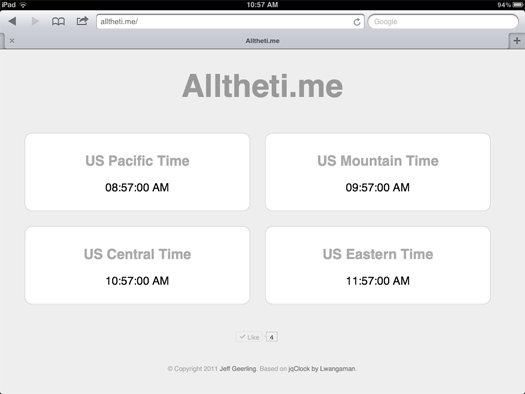Shaving Hours off my Workflow - Trimming silence with FCPX and AppleScript

For the past few years, my workflow for editing videos for my YouTube channel was the following:
- Write and record narration / 'A-roll' using a teleprompter
- Import recording into timeline, and chop out silent portions manually using the blade and/or range tools
- Work on the rest of the edit (adding 'B-roll' and inserts).
Step 3 is where the vast majority of editing time is spent, especially when I need to add in charts, motion graphics, etc.
